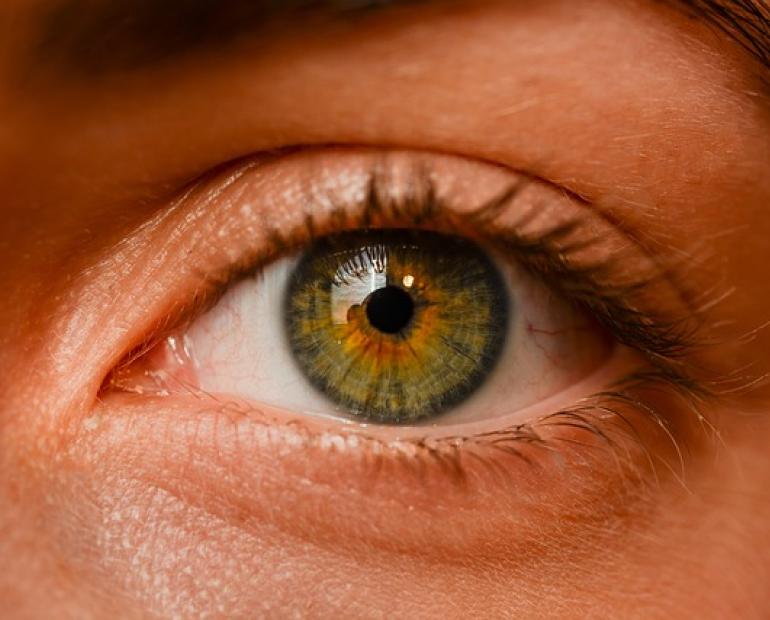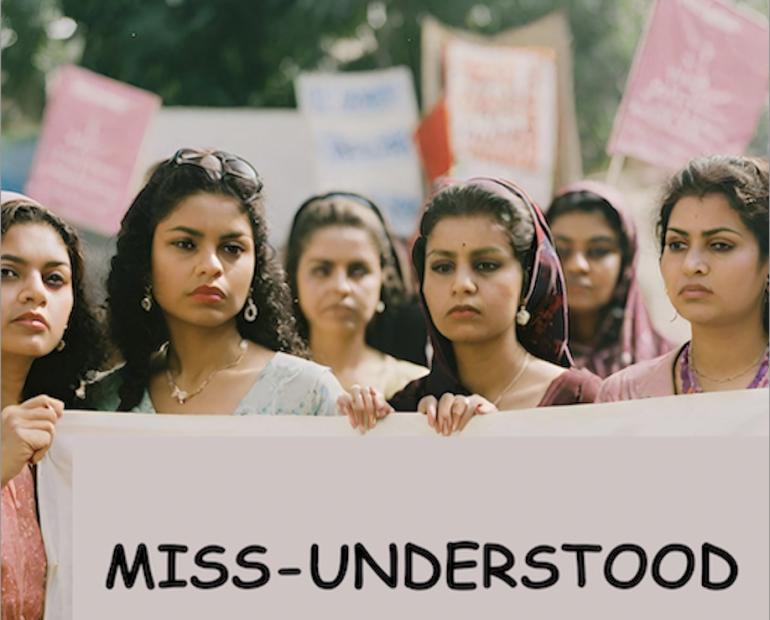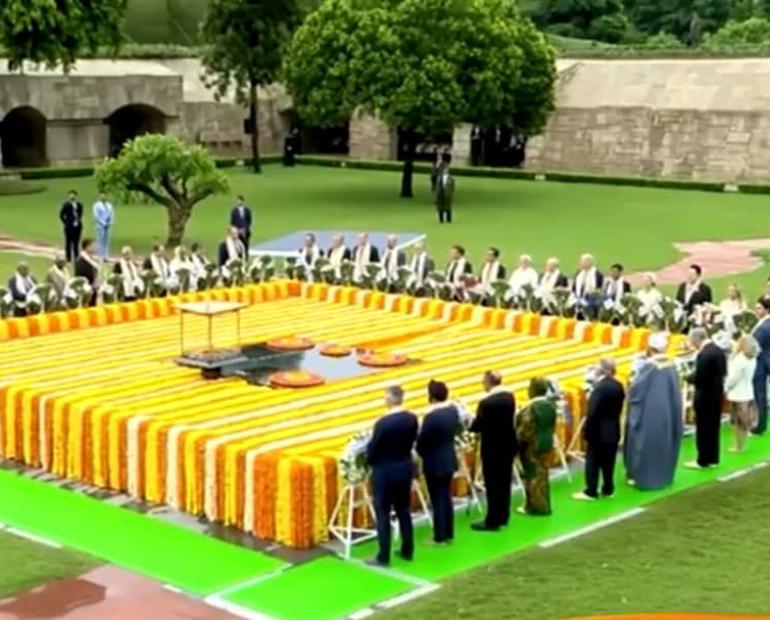
The pandemic has exacerbated various problems for the adolescents and youth population in India. However, there is still a lot that is not being talked about enough. The influence of COVID-19 isn't limited to death tolls or infection rates. The pandemic and lockdowns disrupted education, Sexual and Reproductive Health (SRH) services, mental health care, livelihood, and dignity for India's 365 million adolescents and young people. Economic and social inequity, as well as the systemic prioritisation of objects over people, have worsened the pandemic's predicament.
In India, often situations like these manifest when lack of contraceptive choices lead to unplanned pregnancies and how almost half of the abortions are performed in unhygienic conditions. I belong to a small village in Haryana and I have witnessed countless examples of women in my family being subjected to early marriage pregnancy, unequal responsibilities, and abusive members. Situations where body autonomy seems like a distant reality and independent healthcare is not a known human right. Indian patriarchy and the abortion stigma create injustices, dynamics, and double standards that harm and subordinates women in all arenas.
We know how patriarchy has attempted to control a woman's bodily autonomy and sexuality for centuries. Typically in India, the social, cultural and patriarchal norms for women are reinforced by marriage. In the end elevation of motherhood is regarded as the ultimate contribution they can make. There are obviously such high social punishments for youth, who tend to have sex before or beyond marriage and hence there is a lot of stigma against abortion.
There has also been a scarcity of accurate and credible information disseminated surrounding COVID-19. The UNFPA predicts long-term consequences, such as an increase in adolescent pregnancies and sexual and gender-based violence, based on evidence from prior crises and post-COVID estimates. These factors however are not considered while addressing adolescent health in the post-COVID era.
Although there have been community gatekeepers who played a better role at supporting young people and their well-being as they dealt with grief, anxiety and loss in the pandemic. The pandemic also resulted in new forms of community building and drew on reserves of resourcefulness in India. The prevention programming and messaging of young people’s re-imaginings of the world informed national policies and programme designing for Civil Society Organisations (CSOs) to prepare for future disasters+epidemics.
The personal and financial agency of adolescents and youth - especially unmarried young women, queer, and trans* youth - has been severely impeded. Heightened surveillance has attenuated young people’s access to SRH information, services, and commodities.
But what challenges do we see for the young in a post-pandemic life? And what do we as youth recommend as immediate steps for young people to mitigate those challenges and cope with uncertainties?
These current accounts reveal how gender, caste, and community are barriers that dictate the lack of conversations and this social taboo especially in rural areas, lead young people towards resorting to unsafe abortions. Ultimately I believe it is more of a human rights issue than a public healthcare issue. It is important to ensure that a range of choices is made available to both binary and non-binary people.
Moreover, given the pandemic and the level of effect it has lasted on sexual and reproductive health is alarming. It is important to advocate and improve the system through improving the policies and programmes. As youth, we must definitely utilise technology and the digital space to start putting measures into place.







